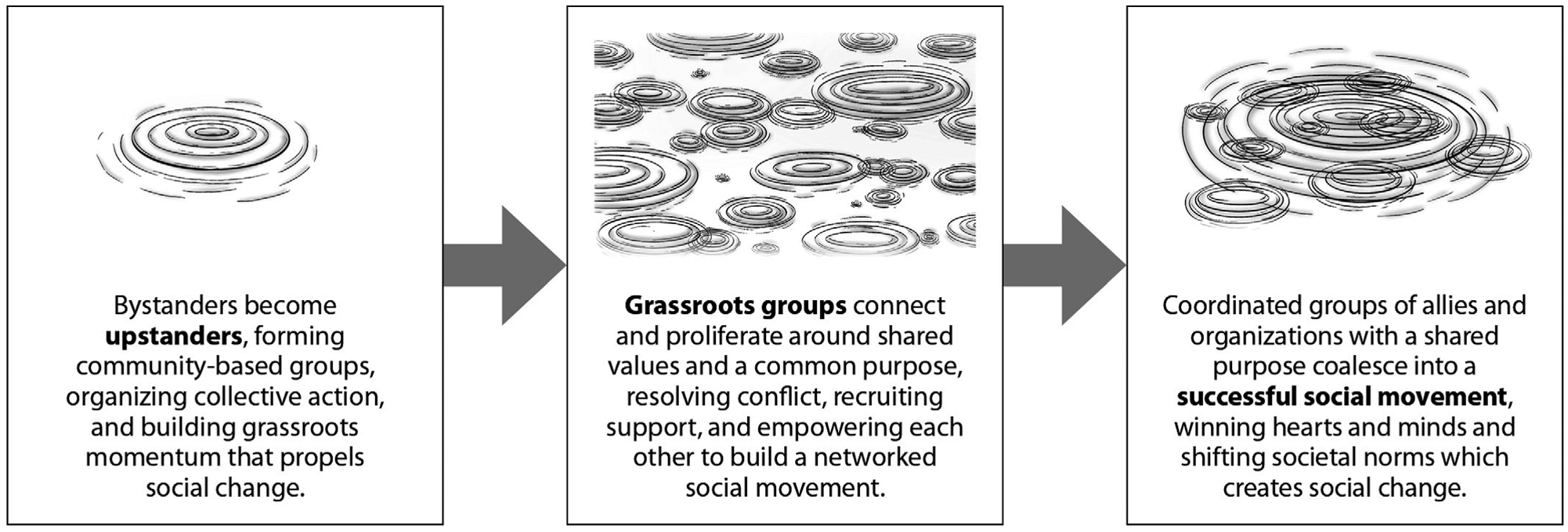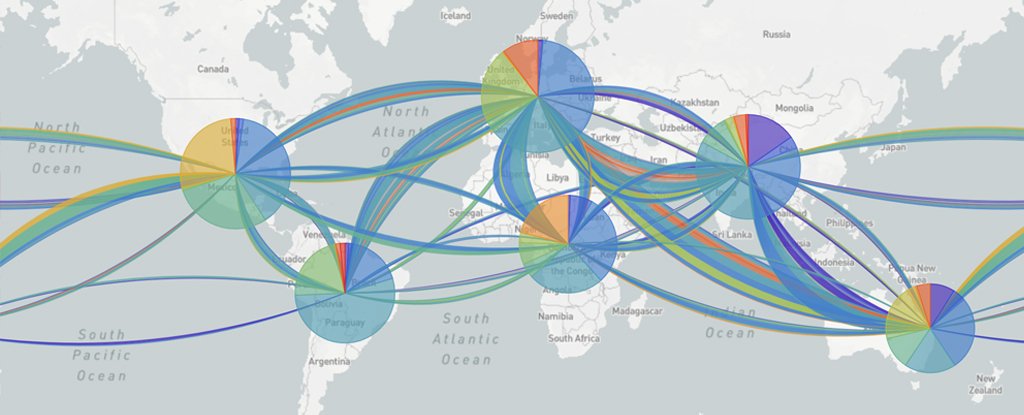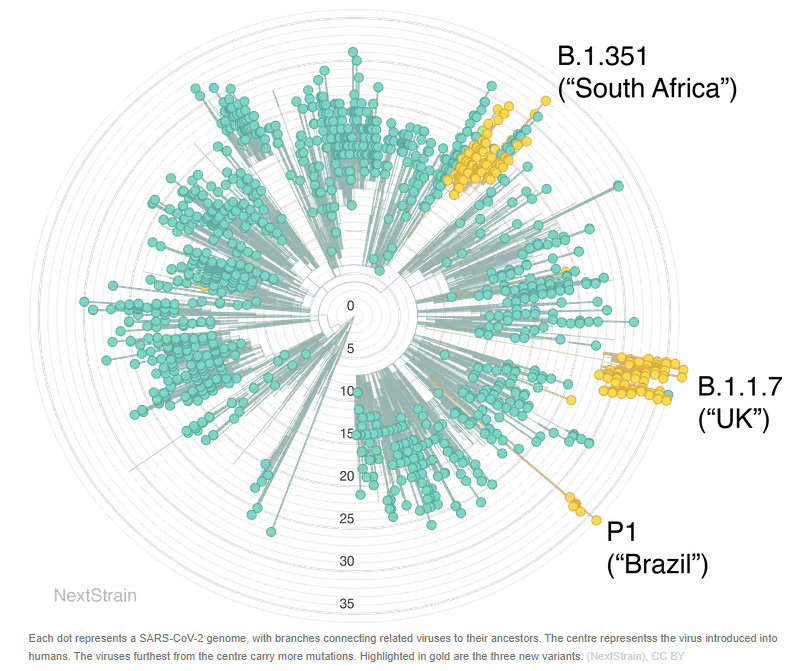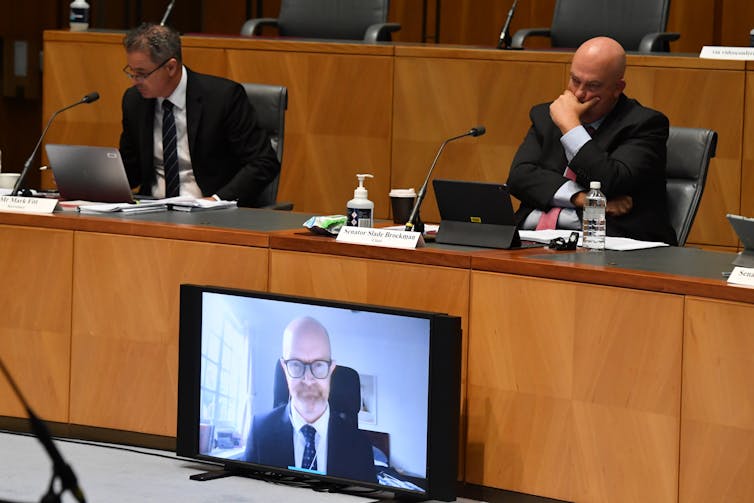SIX DEGREES OF SEPARATION
Change Doesn't Happen Overnight, But Research Shows How Social Movements Succeed
Change Doesn't Happen Overnight, But Research Shows How Social Movements Succeed

(Vlad Tchompalov/Unsplash)
HUMANS
CLARE WATSON
23 JANUARY 2021
One was kickstarted by a school kid and her placard; another took flight after a hashtag went viral. Years later, these powerful social movements – demanding action on climate and racial justice – are in full swing, with millions of people raising their voices, fists, and hand-painted posters in support.
While subsets of communities have raised their voices in protest throughout history, things are different right now – the US hasn't before seen numbers participating like those we're seeing today.
Which has researchers wondering just how 21st-century social movements succeed in creating social change.
Now, a new analysis provides insights from consumer behaviour research suggests the most effective campaigns start small and turn local connections into larger networks through organisation and social influence.
It's pretty clear where movements begin – with a shared concern among supporters for a particular issue coupled with an urgency to make change.
"At their core, social movements advance when people act collectively by rising in solidarity with a shared purpose to address injustice and inequality," the researchers wrote in their paper.
"Yet, we often become aware of these movements only as their work nears completion, when the voices clamouring for social justice reach their peak and the movement has become widespread."
How then do social movements mobilise people in the early days, build a critical mass, sustain momentum, and make meaningful change? How do they turn people's shared concern into solid commitment?
Here, consumer psychology recognises the power of social influence where one person can impact another person's beliefs and behaviours.
In years gone by, historians, sociologists, anthropologists, and political scientists have all weighed in on what makes social movements successful whereas this new analysis looked through the lens of consumer behaviour research to understand why some movements take off when others fizzle out.
The recent research was led by marketing expert Gia Nardini from the University of Denver, Colorado, who has previously examined how successful social entrepreneurs grow their organisations.
It focused on how movements turn 'bystanders' who watch from the sidelines into 'upstanders' who are compelled to contribute, looking specifically at the thundering Black Lives Matter protests.
Their analysis found that successful movements are able to connect people with the cause, and to one another, before assembling a network to expand their reach.

How social movements grow: the ripple effect. (Nardini et al., J Consumer Psychology 2020)
According to the co-founder of the Black Lives Matter movement, Patrisse Cullors, their chapters make these connections by "co-creating with comrades, allies, and family a culture where each person feels seen, heard, and supported" and where "differences and commonalities are respected and celebrated," the researchers noted in their paper.
And then, "By systematically investing in its network – sharing, collaborating, coordinating, and investing resources and knowledge in its grassroots – Black Lives Matter coalesced separate small wins, driven and energized by localized actions, into a nationwide movement," the researchers wrote.
"Individuals who had never participated in protests before and who could never have imagined themselves participating felt compelled to get involved," they added, perhaps because people felt supported to do so or duty-bound by a sense of responsibility.
Looking at consumer behaviour research, the authors also noted how movements must strike the right balance with their emotive messaging, as this helps bystanders get on board.
While anger at injustice motivates some people, others need to hear messages of hope and progress to overcome the existential dread they might feel, for example, facing a frightening future under climate change. Research suggests this approach garners broader social support and spurs action.
Leadership is also a key factor, but the Black Lives Matter movement galvanised supporters in a different way to the American civil rights movement of the 1960s, which rallied behind social activist Martin Luther King, Jr. and other key figures.
Since 2013, the leaders of the Black Lives Matter movement have empowered others to lead their own communities, said Nardini: "They recognize[d] the power of local communities and they empowered those communities."
But change doesn't come overnight, and supporters have got to be in it for the haul. Social movements tend to surge and decline in what social movement scholar Sidney Tarrow calls a 'cycle of protest'.
"It's easy to feel demotivated by a lack of progress or how slow progress is," said Nardini. "I think it's important to recognize how long the process could be or how arduous it might be as well."
"We make the case that you don't necessarily want to go for a policy change right away," said Nardini.
Instead, successful movements motivate people from the bottom up and, as other research has suggested, seek change by lobbying social spheres of society rather than targeting the obvious arms of government.
"In the same way a megaphone amplifies a single voice … social movements channel, focus, and amplify the voices and actions of people at the grassroots level to create social change," the researchers wrote.
It also works well if movements embrace so-called tactical diversity with a spectrum of activities that together appeal to a broader supporter base.
"If you can check these boxes, you have a good chance for social change to succeed," Nardini said.
The research was published in the Journal of Consumer Psychology.
According to the co-founder of the Black Lives Matter movement, Patrisse Cullors, their chapters make these connections by "co-creating with comrades, allies, and family a culture where each person feels seen, heard, and supported" and where "differences and commonalities are respected and celebrated," the researchers noted in their paper.
And then, "By systematically investing in its network – sharing, collaborating, coordinating, and investing resources and knowledge in its grassroots – Black Lives Matter coalesced separate small wins, driven and energized by localized actions, into a nationwide movement," the researchers wrote.
"Individuals who had never participated in protests before and who could never have imagined themselves participating felt compelled to get involved," they added, perhaps because people felt supported to do so or duty-bound by a sense of responsibility.
Looking at consumer behaviour research, the authors also noted how movements must strike the right balance with their emotive messaging, as this helps bystanders get on board.
While anger at injustice motivates some people, others need to hear messages of hope and progress to overcome the existential dread they might feel, for example, facing a frightening future under climate change. Research suggests this approach garners broader social support and spurs action.
Leadership is also a key factor, but the Black Lives Matter movement galvanised supporters in a different way to the American civil rights movement of the 1960s, which rallied behind social activist Martin Luther King, Jr. and other key figures.
Since 2013, the leaders of the Black Lives Matter movement have empowered others to lead their own communities, said Nardini: "They recognize[d] the power of local communities and they empowered those communities."
But change doesn't come overnight, and supporters have got to be in it for the haul. Social movements tend to surge and decline in what social movement scholar Sidney Tarrow calls a 'cycle of protest'.
"It's easy to feel demotivated by a lack of progress or how slow progress is," said Nardini. "I think it's important to recognize how long the process could be or how arduous it might be as well."
"We make the case that you don't necessarily want to go for a policy change right away," said Nardini.
Instead, successful movements motivate people from the bottom up and, as other research has suggested, seek change by lobbying social spheres of society rather than targeting the obvious arms of government.
"In the same way a megaphone amplifies a single voice … social movements channel, focus, and amplify the voices and actions of people at the grassroots level to create social change," the researchers wrote.
It also works well if movements embrace so-called tactical diversity with a spectrum of activities that together appeal to a broader supporter base.
"If you can check these boxes, you have a good chance for social change to succeed," Nardini said.
The research was published in the Journal of Consumer Psychology.













